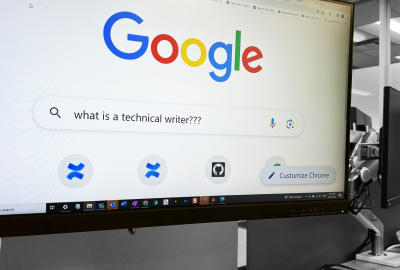A career portfolio is a collection of documents and other easily portable artifacts that you can use to validate claims you make about yourself. The portfolio makes intangibles tangible offering a complete picture of who you are and where you want to go. Portfolios get attention, and build your credibility and confidence. You can use a portfolio in different ways such as an organizational tool for you to keep track of important documents, a reflection piece and most commonly as a marketing and self-promotion tool to use in your work search, job interviews, or when applying to post-secondary institutions.
When writing a portfolio it is important to have a clear purpose. This helps you to tailor your portfolio to your audience. After you define the purpose and the audience of the portfolio, you must ask these four questions when developing the content for your portfolio.
-
What does the audience want to see?
-
What artifacts could I use?
-
Which are the best for this situation?
-
Why?
You want to customize your portfolio. However in general, a portfolio includes:
-
Statements of philosophy - what you value and want to contribute to your work, your work standards, your interests and objectives
-
Evidence of your accomplishments – i.e. certificates, awards, scholarships
-
Description of your skill sets and proof of these skills - writing samples, design, presentation, photography
-
Academic transcripts or skills transcripts, letters of reference, performance evaluations
-
Current memberships
-
Involvement in community service or service to the university
-
Record of extracurricular activities – athletics, student societies, student groups
-
Your resume
Once the portfolio is created, remember to keep it updated.
A career portfolio can take on different formats such as online, digital or print. Think about your audience and what format makes sense.
Last but not least, find someone who is willing to help with your portfolio project: a mentor (a teacher, a supervisor, a colleague) or a career advisor. That person should be someone who is positive, willing to listen, and resourceful. Visit Career Services(MBC 0300) to connect with a career expert who can help you get started.
Beyond the Blog
- Find out practical guides on how to build your career portfolio here















